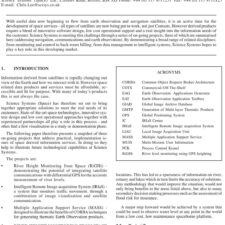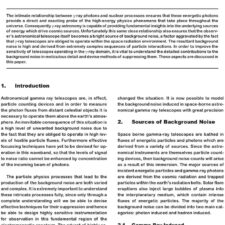Feasibility Study of a DNA-Sequencing CubeSat Satellite
£5.00
J. Joannes (2017), JBIS, 70, pp.287-299
Refcode: 2017.70.287
Abstract:
Sequencing the genomes of bacteria in a space environment may reveal insight into the origins of life on Earth. Designing a CubeSat satellite capable of cultivating and sequencing Bacillus subtilis genomes in space presents significant engineering challenges. e present study aims to assess the feasibility of such a mission, analysing potential orbits and identifying thermal, power and communications subsystems as critical system drivers. Both sun-synchronous and International Space Station orbits were found to be feasible, although aerodynamic drag limits the satellite lifetime to a year in the latter. Power analysis indicated the requirement for a deployable solar array, which is atypical for CubeSats due to additional complexity. Although communications analysis found the currently attainable data rate insufficient to download results within a reasonable timeframe, solutions to this problem are presented. A critical assessment of the methods used showed the power and communications models to be reliable. Thermal analysis predicted unfavourably high temperatures, jeopardising the survival of the biological payload, although this model was deemed unreliable. Although the payload technology requires significant development, this study found the mission to be feasible subject to analysis of the proposed improvements.





